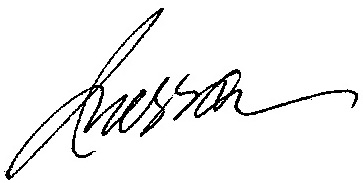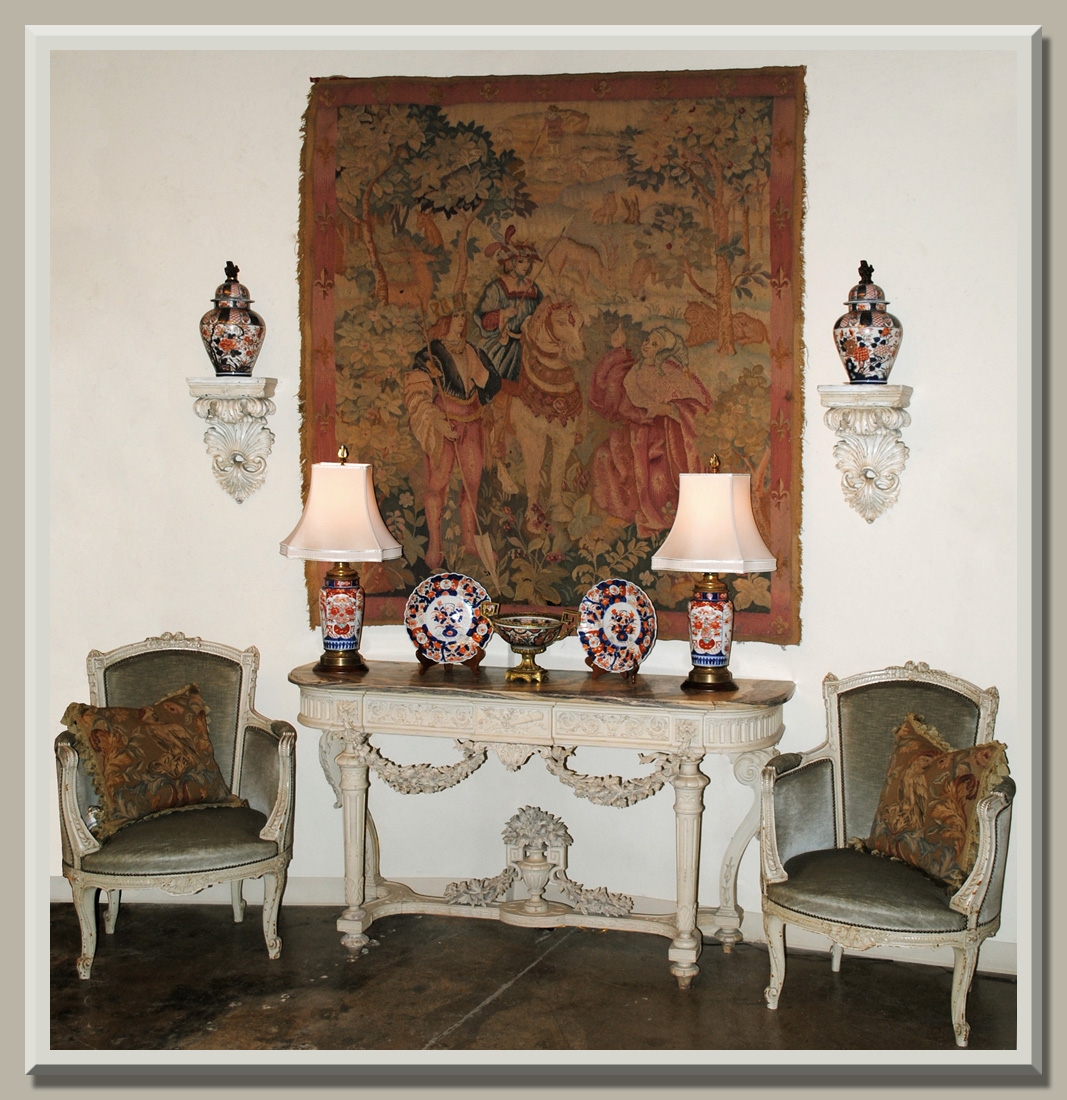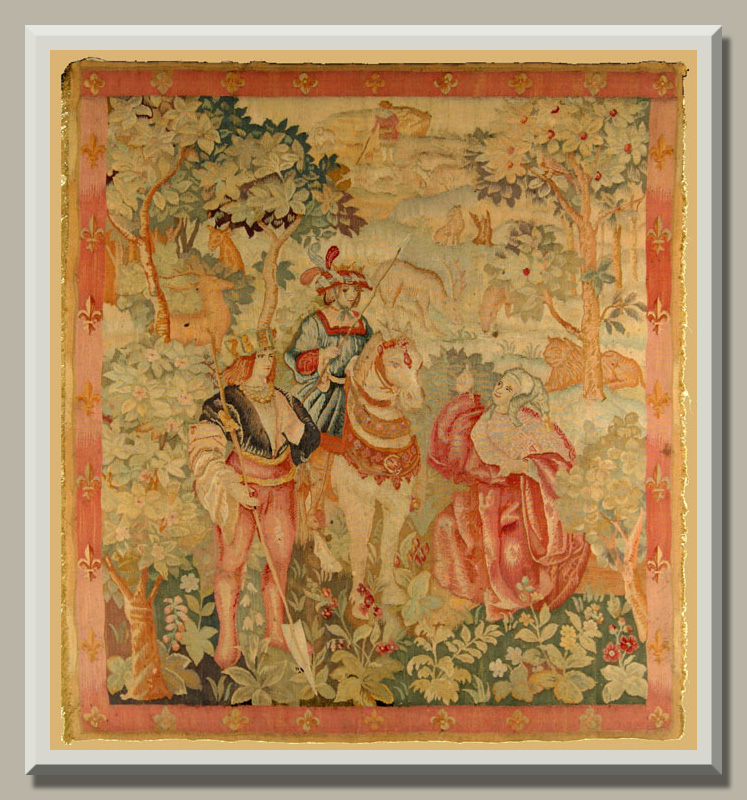 From the Middle Ages, antique tapestries were considered cherished wall art in Medieval and Gothic castles, covering the walls for warmth and beauty. Today they not only bring attractive texture and ambiance to your home, but also a sense of treasured history. In an interior design, a well-placed tapestry creates a focal point for a room while at the same time adding texture and intimacy to the space.
From the Middle Ages, antique tapestries were considered cherished wall art in Medieval and Gothic castles, covering the walls for warmth and beauty. Today they not only bring attractive texture and ambiance to your home, but also a sense of treasured history. In an interior design, a well-placed tapestry creates a focal point for a room while at the same time adding texture and intimacy to the space.
The art of tapestry weaving dates back to ancient Egyptian and Roman times. During the 13th and 14th centuries the art of tapestry making spread throughout Europe, as both kings and the church realized the potential of the tapestries to educate illiterate subjects. Skillful weavers used tapestries to illustrate the stories of the Bible ~ and in the process glorified the teachings of the church. Kings would commission tapestries to tell the tales of royal military conquests. Together with paintings and sculpture, tapestries became a major and important art form.
Hand-woven in the Oudenaarde traditions, this superbly preserved Flemish tapestry is over 6 feet tall and almost 6 feet wide. Depicting a noble family’s outing on the grounds surrounding their chateau, it appears exotic animals have been imported to populate the forest and give delight to the king and his courtiers. Vivid coloration survives, as does the depiction of the medieval period raiment worn by men, ladies and even their noble horse! Circa 1750s.
From the 15th to the 18th century, and especially in the 16th century, Oudenaarde was a world-renowned center of tapestry production. The town’s name, meaning “old field”, still lingers on in “outnal”, an obsolete English term for a kind of brown linen thread. All of the Oudenaarde tapestries were made by the hands of as many as 5 weavers sitting next to each other on a horizontal loom (as opposed to the French vertical loom). During the work, only a part of the tapestry was visible to the weavers who based their weaving on a cartoon ~ a hand-painted copy of the design. Only when the tapestry was finished, the result could be admired in its full glory. It took a long time to weave a complete tapestry. An average weaver only produced a piece of tapestry as big as a grown man’s hand in a single day. In the beginning, only a limited number of colors were used, mainly shades of green – hence the typical name “Verdures”, (French for “greenery”). Later, the total amount of colors was raised to sometimes 1800 different shades.
During the 16 and 17th centuries Belgium and especially Flanders became a center for European tapestry fabrication. When French troops annexed Oudenaarde at the end of the 17th century, Louis XIV of France demanded that the Oudenaarde tapestry weavers come to France to help their counterparts in Beauvais and Gobelins save their dying tapestry industry. Today, Oudenaarde is known as the pearl of the Flemish Ardennes.
Just a side note…Last month John and I had the pleasure of seeing an exhibit now on display in Dallas at SMU’s Meadows Museum ~ “The Invention of Glory – Alfonso V and the Pastrana Tapestries”. The four monumental tapestries (each over 35 feet) are the few surviving from this Gothic period and were skillfully restored in Belgium (they came back to Belgium after 500 years, where in Tournai tapestries originally were made!) This magnificent exhibit is both informative and engaging. To find more information, visit madowsmuseumdallas.org. If you are in the Dallas area, it runs through May 13 of 2012. It is well worth the trip!







